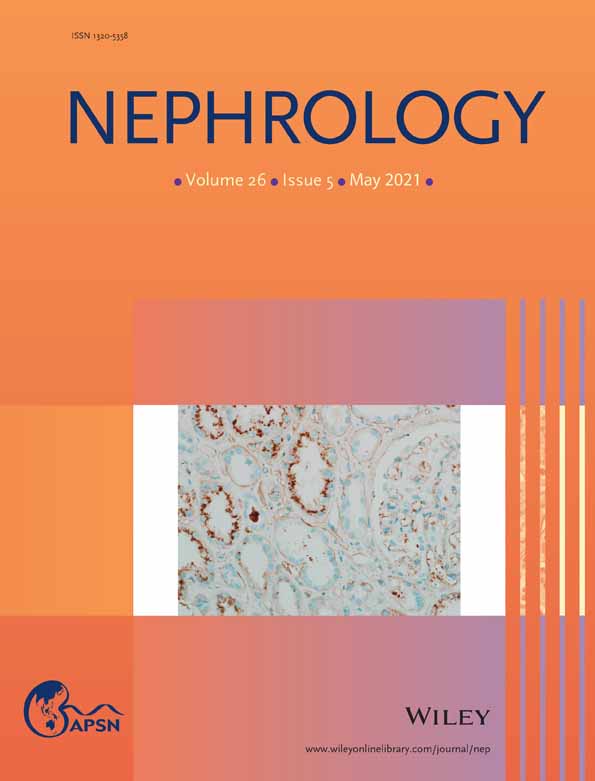Significant association of urinary alpha-1-microglobulin compared to urinary neutrophil gelatinase-associated lipocalin with renal insufficiency in patients with type 2 diabetes
Funding information: Jinhua Science and Technology Bureau, Grant/Award Number: 2020-3-031; Research Start-up Fund for young and middle-aged people of Affiliated Jinhua Hospital, Zhejiang University School of Medicine, Grant/Award Number: JY-2019-2-10; Zhejiang Medical and Health Science and Technology Project, Grant/Award Number: 2021KY384
Abstract
Aim
Various studies have reported that urinary neutrophil gelatinase-associated lipocalin (NGAL), an indicator of tubular damage, may be an effective biomarker of renal impairment in patients with diabetes. This study aimed to compare the ability of urinary alpha-1-microglobulin (a traditional tubular damage marker) with NGAL for evaluating renal insufficiency in patients with type-2 diabetes.
Methods
Urinary albumin-to-creatinine ratio (ACR) and estimated glomerular filtration rate (eGFR) were used to determine whether 513 participants with type-2 diabetes had renal dysfunction. Urinary alpha-1-microglobulin-to-creatinine ratio (A1MCR) and NGAL-to-creatinine ratio (NCR) were calculated.
Results
Although both A1MCR and NCR were significantly higher among participants with renal insufficiency than among participants without renal damage, the difference in A1MCR values between participants with and without renal insufficiency was relatively greater than the difference in NCR values, especially among the male subjects. The correlation of ACR or eGFR with A1MCR was stronger than that of ACR or eGFR with NCR. A1MCR showed a good capability for detecting renal dysfunction (area under the curve = 0.80), its cut-off value was 14.82 mg/g, corresponding to 71.4% sensitivity and 73.1% specificity. The diagnostic efficiency of A1MCR was significantly higher than that of NCR.
Conclusion
The results indicated that the traditional tubular damage marker A1MCR was more significantly associated with renal insufficiency defined by ACR and/or eGFR and may have a higher diagnostic efficiency compared with the efficiency of NCR in patients with type-2 diabetes.




